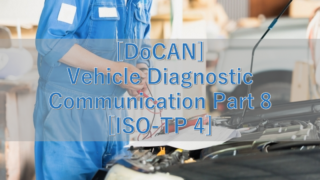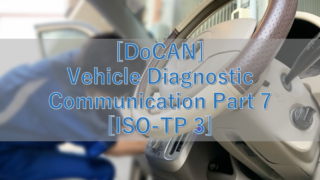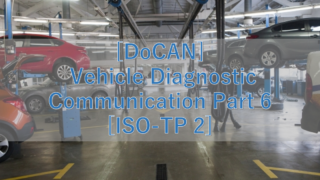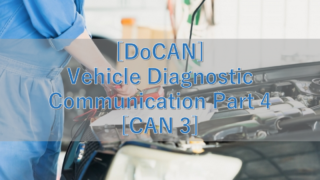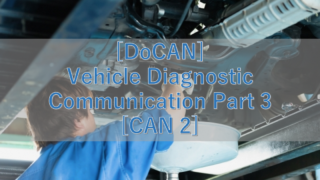 車両診断通信
車両診断通信 [DoCAN] Vehicle Diagnostic Communication Part 11 [ISO-TP 7]
ISO-TP has six timeout parameters.N_As, N_Bs, N_Cs, N_Ar, N_Br, and N_Cr.Single frame transmission is complete in one frame, so only N_As.Multi-frame transmission uses all parameters.ISO-TP only determines the timeout at the frame level, and the timeout per message is determined by a higher layer.


